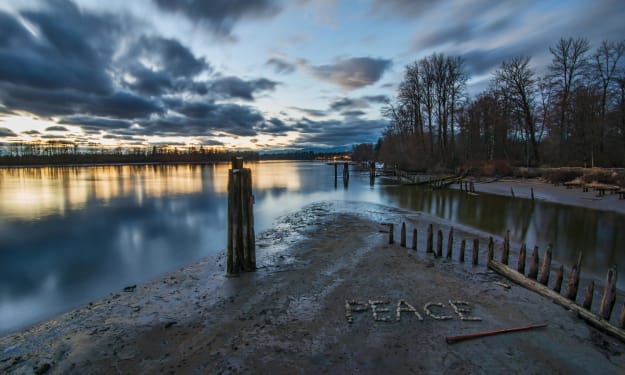
The partition of India in 1947 and the subsequent creation of India and Pakistan resulted in a transformative and tumultuous period in the history of the subcontinent. The border between India and Pakistan, known as the Radcliffe Line, not only demarcated the territorial boundaries but also marked the division between two separate nations based on religion. The impact of this partition was profound and continues to shape the political, social, and cultural dynamics of both countries to this day.
The partition and independence of India were a result of the larger movement for independence from British colonial rule. The Indian National Congress, representing the Hindu majority, and the All-India Muslim League, representing the Muslim minority, had differing visions for the future of the subcontinent. The British government, facing mounting pressure, decided to divide the region along religious lines, leading to the creation of a Hindu-majority India and a Muslim-majority Pakistan.
The partition resulted in the largest mass migration in human history, as millions of Hindus and Sikhs fled from newly created Pakistan to India, and Muslims moved from India to Pakistan. This migration was accompanied by widespread violence, communal riots, and massacres, leading to the loss of hundreds of thousands of lives and the displacement of millions of people. The trauma and scars of this violent period still resonate in the collective memory of both countries.
One of the most significant consequences of the border transformation was the emergence of the Kashmir conflict. The princely state of Jammu and Kashmir, with a Muslim majority but a Hindu ruler, chose to accede to India against the wishes of Pakistan. This led to a territorial dispute and subsequent wars between India and Pakistan over Kashmir. The conflict remains unresolved, and the Line of Control (LOC) between the Indian-administered and Pakistani-administered parts of Kashmir is one of the most heavily militarized borders in the world.
The division of assets, resources, and infrastructure between India and Pakistan was a complex task. Both countries faced economic challenges as they had to rebuild and develop their respective territories. The partition also created political tensions, with issues like the sharing of river waters, trade relations, and the question of minorities in each country becoming contentious matters.
The partition deeply impacted the cultural and social fabric of both nations. India emerged as a secular democracy, while Pakistan adopted Islam as its state religion. The partition resulted in the displacement of communities and the loss of shared cultural heritage. The subsequent years witnessed the evolution of distinct national identities, with India embracing its diversity and pluralism, and Pakistan forging a separate Muslim identity.
The partition and the resulting conflicts laid the foundation for a long-standing rivalry between India and Pakistan. Both countries have engaged in multiple wars and skirmishes, and the border between them remains tense. The possession of nuclear weapons by both nations further adds to the complexity and volatility of the situation, with the potential for catastrophic consequences in the event of a conflict.
In conclusion, the border between India and Pakistan, resulting from the partition, transformed the subcontinent in significant ways. It led to the birth of two separate nations, but also caused immense violence, displacement, and unresolved conflicts. The impact of the border transformation continues to shape the political, social, and cultural dynamics of the region, making it a crucial chapter in the history of the Indian subcontinent.





Comments
There are no comments for this story
Be the first to respond and start the conversation.